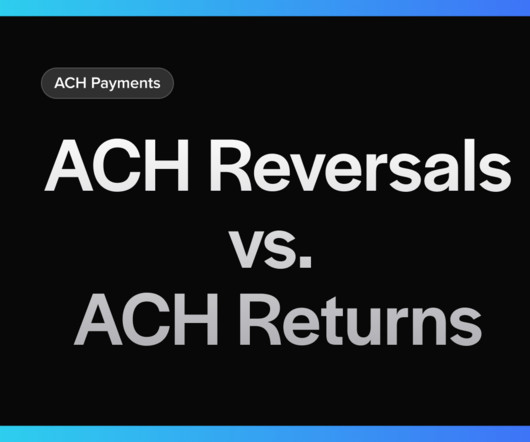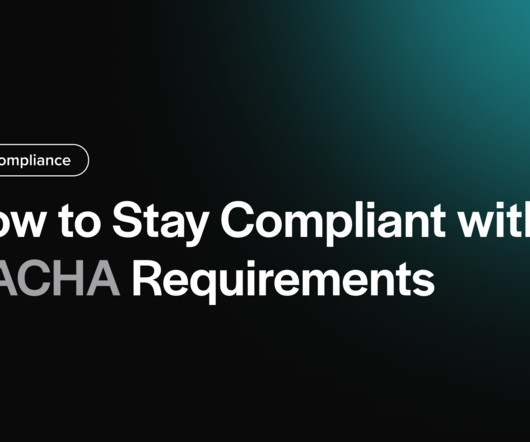What Is an ACH API and How Does It Work?
Stax
JUNE 23, 2025
The way a typical ACH transfer works is as follows: You will initiate the transaction as the originator by sending a Nacha formatted data file containing information about the desired payment to your bank which is called the ODFI (Originating Depository Financial Institution). The ODFI collects these files and sends them to an ACH operator.











Let's personalize your content